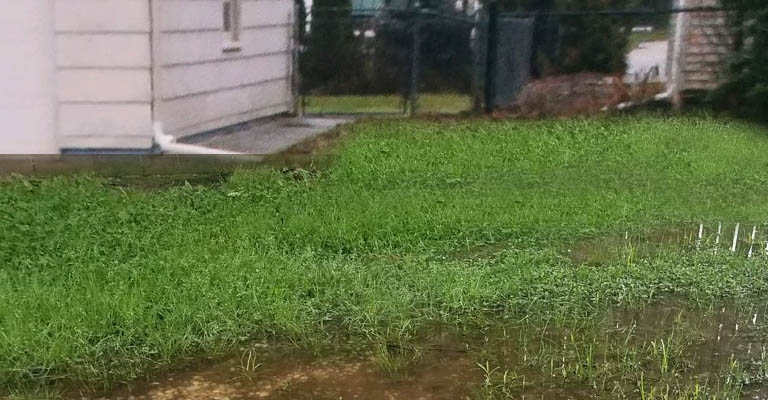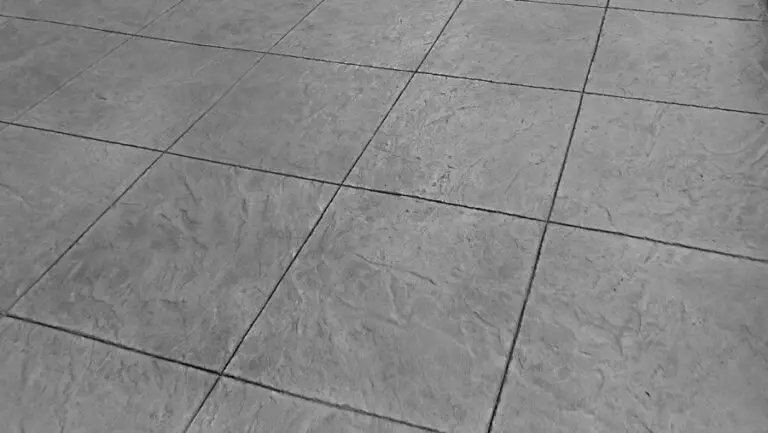A Handy Guide to Window Latch Types
Windows are more than just portals that bring in light and offer a view of the outside world. They’re a crucial aspect of our home’s security, insulation, and aesthetic appeal. One significant part of a window’s functionality is the latch – the mechanism that holds the window shut, preventing unwanted access and ensuring proper insulation.
With the vast variety of window styles available, it’s no surprise that there’s an equally varied selection of window latches to accompany them. Let’s explore the different window latch types, their functionalities, and where they best fit in your home.
Different Window Latch Types for Your Home
1. Sliding Window Latches
Best for: Horizontal sliding windows
Design: A sliding window latch typically involves a simple catch mechanism. When the window slides into its closed position, the latch catches onto a corresponding component, holding the window in place.
Key Feature: Quick-release functionality for easy opening.
2. Casement Window Latches
Best for: Casement windows, which swing outwards or inwards.
Design: Casement latches are often crescent-shaped or have a lever design. They rotate or flip to secure the window to the frame.
Key Feature: Some models offer a multi-point locking system, providing increased security by latching at several points along the window edge.
3. Double-Hung Window Latches
Best for: Vertical sliding, double-hung windows.
Design: Positioned at the meeting rail (where the two sashes come together), this latch pulls both sashes tightly together when engaged, ensuring a secure close.
Key Feature: Can be aesthetically customized to fit traditional or modern homes.
4. Sash Locks
Best for: Both single and double-hung windows.
Design: Sash locks are a combination of a latch and a lock, often found on older window designs. When the latch is engaged, the window is not just held in place but also locked.
Key Feature: Combines the functionality of both a latch and a lock for added security.
5. Child Safety Latches
Best for: Homes with small children.
Design: This latch type prevents the window from being opened wide enough for a child to climb through. The latch still allows the window to be opened slightly for ventilation.
Key Feature: Offers peace of mind to parents without sacrificing ventilation.
6. Wedge Latches
Best for: Awning and casement windows.
Design: As the name suggests, these latches use a wedge mechanism. When the window closes, the wedge slides into a corresponding slot, securing the window in place.
Key Feature: Provides a tight seal, making it perfect for regions with volatile weather conditions.
7. Cam Latches
Best for: Multiple window types but predominantly seen on casement windows.
Design: These latches use a cam mechanism which, when rotated, pulls the window tight to the frame.
Key Feature: Effective seal, preventing drafts and enhancing security.
8. Swing Latches
Best for: Single or double-hung windows.
Design: Swing latches operate on a pivot. They swing into place, hooking onto a part of the window frame, securing it.
Key Feature: Often used as secondary latches to reinforce the primary latch or lock.
Why the Latch Matters
The right window latch not only ensures your home’s security but also contributes to energy efficiency. A properly latched window ensures that there’s no gap for drafts, maintaining the interior temperature and reducing energy bills. Moreover, the aesthetics of a latch can add subtle charm to the window and, by extension, to the room itself.
When choosing a window latch, consider your home’s needs in terms of security, insulation, and design. Remember, while aesthetics are important, functionality should never be compromised.
Installation and Maintenance
Once you’ve identified the perfect window latch type for your home, the next step is ensuring its proper installation and maintenance. Here are some quick tips:
Installation Tips
Choose Quality Materials
Irrespective of the type of latch you opt for, prioritize high-quality materials like stainless steel or brass. These are more resistant to wear and tear and can withstand environmental factors like humidity and rain.
Professional Installation
While many homeowners might feel confident installing window latches themselves, consulting or hiring a professional ensures that the latch is installed correctly, aligns well, and provides optimum security.
Check Alignment
Before finalizing the installation, make sure the latch and its corresponding component align perfectly. Misalignment can result in difficulty in latching, decreased security, and potential damage over time.
Maintenance Tips
Regular Cleaning
Dust and debris can compromise the latch’s functionality. Make it a routine to clean your window latches with a damp cloth to keep them working smoothly.
Lubrication
Over time, the mechanism of the latch might become stiff, especially if it has intricate moving parts. Using a silicone-based lubricant can ensure smooth operation.
Check for Wear and Tear
Regularly inspect your latches for signs of wear or damage. If you notice any issues, it might be time to replace the latch or its parts.
Future of Window Latches
As technological advancements continue, the realm of window latches isn’t left behind. Smart latches equipped with sensors to notify homeowners if a window is left unlatched are already in development. Other innovations include latches integrated with home security systems, offering homeowners more convenience and peace of mind.
In a Nutshell
Homeowners now have access to a plethora of advanced options, ranging from sliding window locks to sophisticated keyed locks. A proper window installation ensures the base for maximum security, but selecting the right type of lock, whether it be hinged wedge locks, swivel action locks, or latch locks, plays a pivotal role in reinforcing this protection. Modern-day window sash designs are not only aesthetically pleasing but are also engineered to seamlessly integrate with advanced locking mechanisms like window pin locks and lag screws.
Sliding window lock mechanisms have transformed the way we view window security, offering not just functionality but also a sleek appearance. The rise of keyed lock systems for various types of window locks provides an added layer of security, ensuring that windows can’t be easily manipulated from the outside. Remember, while swivel action and window pin lock mechanisms offer quick access, types of locks that require a key offer an additional deterrent to potential intruders.
In conclusion, ensuring window security is paramount to keep your home safe. The diversity in types of window locks—from latch locks to sliding window locks—provides homeowners with multiple choices tailored to their specific needs. The primary objective is to prevent the window from opening without authorized access, and with the multitude of options available, every type of window can be fortified effectively. By staying informed and proactive, homeowners can ensure optimal security and peace of mind.






